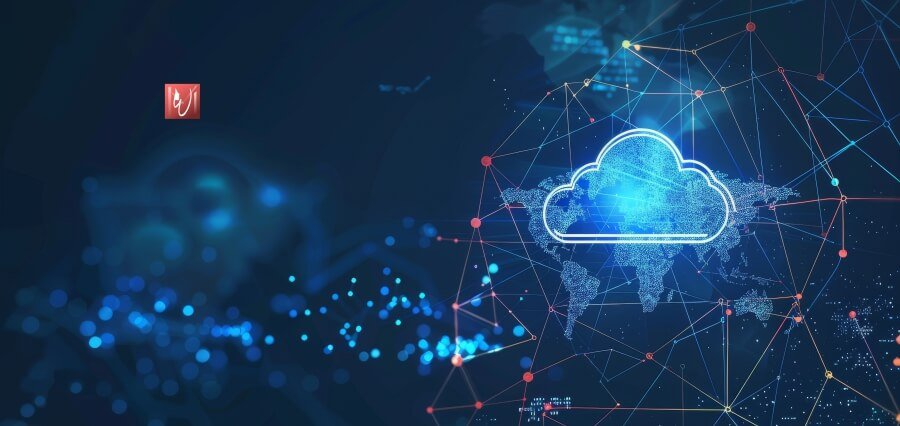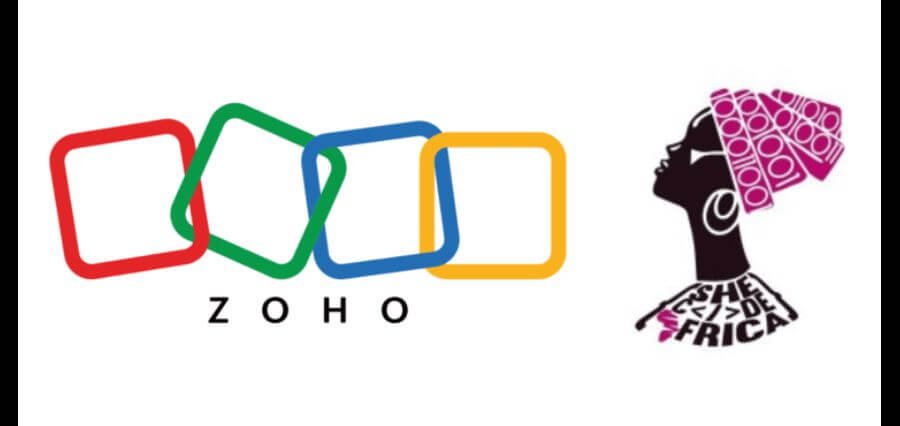Cloud Security 2.0
The shift to hybrid and distributed work patterns has changed the texture and personality of organizations, their interactions, and value creation. This has been done through cloud technologies by enabling elastic, scalable, and accessible operational and collaboration environments. Cloud-based environments have also introduced fresh security threats, and Cloud Security 2.0 is now a top-of-mind organizational issue to protect data, systems, and business continuity through an expanded distributed workforce.
The Requirement for Distributed Work
Distributed work is not a passing trend but an irrevocable aspect of contemporary employment. Staff must be able to reach out for anything, anywhere, and businesses need productivity, collaboration, and enterprise efficiency. Cloud environments provide the infrastructure to deliver on this promise with real-time communication services, shared documents, virtual desktops, and business applications available everywhere.
But at a cost. With valuable information stored and shared outside the conventional on-premises networks, organizations leave themselves open to higher threats of cyber attacks in the way of phishing, ransomware, data breach, and unauthorized utilization. Traditional security infrastructures for the office-based era are not relevant in the distributed work paradigm and need to be rebuilt to a new model of cloud security.
The Evolution to Cloud Security 2.0
Cloud Security 2.0 is a strategic development from crude protection to proactive, robust, and dynamic security controls. While earlier cloud security had focused on firewalls, encryption, and access controls, contemporary strategies now include advanced threat detection, real-time monitoring, identity management, and response automation capabilities.
This new paradigm recognizes that security must be baked into cloud service architecture, and appended as an afterthought in overlay form is not the way to do it. To achieve this, what the organizations must do is become people-centric, process-centric, and technology-centric in a way such that all remote interaction and data exchange happens securely by design.
Zero Trust and Identity-First Security
One of the cornerstones of Cloud Security 2.0 is the Zero Trust model that assumes no user or device—both within and without the network—ever gets blindly trusted. They ought to be authenticated on each point of access, and their user behavior and device health are continually monitored.
Identity-first security provides confirmed-credentials-based access, contextual threat, and least-privilege policy. The main ingredients are multi-factor authentication (MFA), adaptive access controls, and single sign-on (SSO) and these combat unauthorized access and credential theft attacks.
Advanced Threat Detection and Response
Cloud Security 2.0 uses artificial intelligence (AI) and machine learning (ML) to detect anomalies, alert on probable breaches, and respond in real-time. Through the analysis of large data sets of cloud activity, AI applications are able to detect unusual activity, such as out-of-sequence logins, out-of-sequence file access, or unknown network activity.
Automated response systems can quarantine the affected accounts, block malicious traffic, and notify security teams in real-time. Preemptive measures limit the effect of attacks and prevent security intrusions from propagating before exploding into devastating disruptions.
Building a Security-Focused Remote Workforce
Technology alone is not enough to protect the cloud. Employees are still part of a company’s security posture. Security cultures value awareness, training, and responsibility enormously. Remote employees must be trained on phishing attacks, password hygiene, secure data handling best practices, and reporting procedures for suspected occurrences.
Repeated training, simulation of mock attacks, and adequate resources make employees active custodians of company assets. Leadership sponsorship mandates the fact that security is not just an IT issue but for the company.
Governance and Compliance
Cloud Security 2.0 also requires good governance and compliance management control. There has to be mapping of security practices to compliance obligations such as GDPR, HIPAA, or SOC 2 to maintain data privacy and integrity. Well-established policy, audit trail, and real-time monitoring enable customer, partner, and regulator trust and reduce legal and financial exposure.
By integrating compliance into a daily regime, organizations can be held accountable without sacrificing agility and responsiveness demanded by remote work.
Future-Proofing Security
As work-from-anywhere becomes more common, so too will the necessity for security practices to adapt. New tools such as edge computing, IoT connectivity, and AI-based collaboration applications will introduce new risks and new opportunities. Cloud Security 2.0 demands agility, continuous optimization, and investment in future-proof security solutions to stay ahead of changing threats.
Companies who do this take the lead to protect not just today’s scattered workforce, but the future of scattered work as well, with determination, faith, and resilience in an ever-changing business environment.
Conclusion
Cloud Security 2.0 is not a toolset—it is an enterprise security strategic framework for the era of work distribution. By combining Zero Trust principles, AI-powered threat protection, empowering workers, and governance frameworks, organizations can harden their cloud foundation and allow employees to work and collaborate securely and successfully wherever they happen to be.
The future profession is distributed, dynamic, and digital. Cloud Security 2.0 also makes the same future robust, secure, and sustainable to help organizations thrive with a world in which protection and agility go hand in hand.





